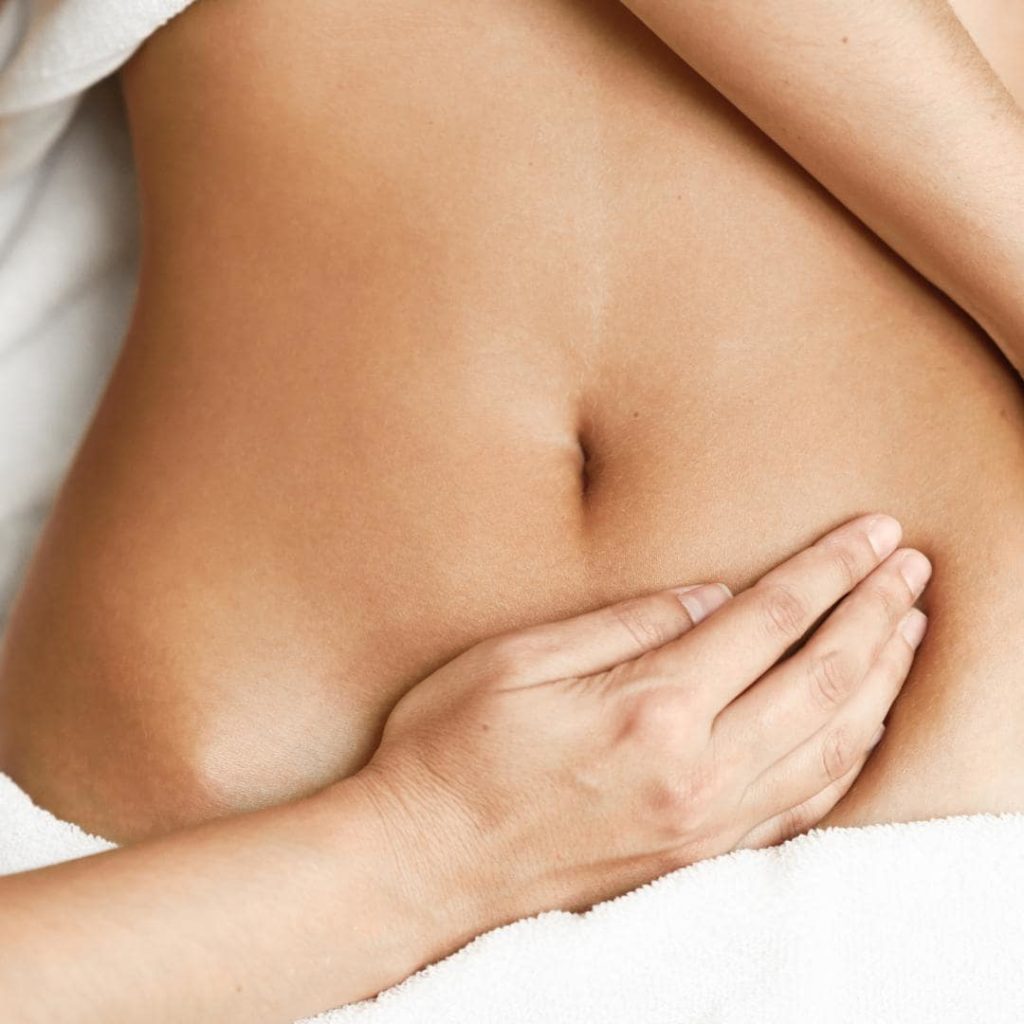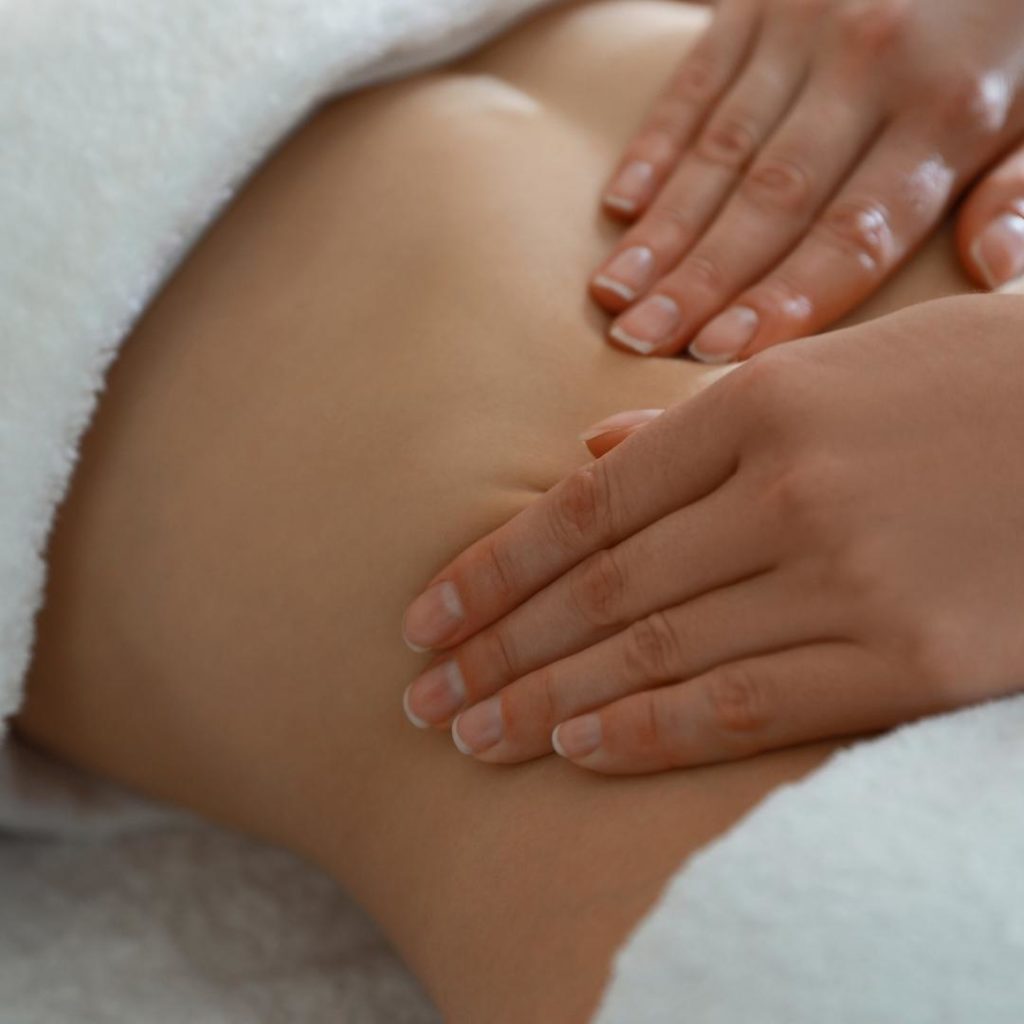The human body is a marvel of interconnected systems working in harmony to maintain health and vitality. One of the most underrated yet crucial systems is the lymphatic system, which plays a vital role in immune function, fluid balance, and waste removal. Lymphatic drainage massage, a specialized technique designed to stimulate this system, has gained attention for its potential health benefits. But what makes it effective? Let’s explore the science behind lymphatic drainage and why it works.
Understanding the Lymphatic System
The lymphatic system is a network of vessels, nodes, and organs that circulates lymph—a clear fluid containing white blood cells, proteins, and waste products. This system serves three primary functions:
- Immune Defense: Lymph nodes filter harmful substances like bacteria and viruses, triggering an immune response to protect the body.
- Fluid Regulation: The lymphatic system helps maintain fluid balance by collecting excess fluid from tissues and returning it to the bloodstream.
- Waste Removal: It removes cellular waste, toxins, and other byproducts of metabolism, contributing to overall detoxification.
Unlike the cardiovascular system, the lymphatic system does not have a central pump like the heart. Instead, lymph moves through the body via muscle contractions, breathing, and the gentle pulsation of lymphatic vessels. This reliance on external forces makes it susceptible to stagnation, which can lead to swelling, fatigue, and a weakened immune system.
What is Lymphatic Drainage Massage?
Lymphatic drainage massage is a gentle, rhythmic technique that targets the lymphatic system to encourage the flow of lymph. Developed in the 1930s by Dr. Emil Vodder, this therapy involves light, sweeping motions performed in the direction of lymph flow. The goal is to decongest lymph nodes, reduce swelling, and enhance the body’s natural detoxification processes.
The Science of Lymphatic Drainage Massage
The effectiveness of lymphatic drainage massage is rooted in its ability to address several physiological processes:
- Stimulating Lymph Flow Stagnant lymph can lead to fluid retention and a buildup of toxins in the body. Lymphatic drainage massage stimulates lymphatic vessels, increasing the flow of lymph and promoting efficient waste removal. Studies have shown that manual stimulation can improve lymph circulation, reducing swelling and enhancing recovery after injury or surgery.
- Reducing Inflammation Chronic inflammation is linked to various health conditions, from arthritis to cardiovascular disease. Lymphatic drainage helps remove inflammatory mediators and excess fluid, alleviating pressure on tissues and reducing inflammation. This makes it particularly beneficial for conditions like lymphedema or post-surgical swelling.
- Enhancing Immune Function By improving lymph flow, this therapy supports the filtration process in lymph nodes, allowing the immune system to detect and respond to pathogens more effectively. Enhanced immune activity can contribute to faster recovery from illnesses and a lower risk of infections.
- Encouraging Relaxation The slow, rhythmic movements of lymphatic drainage massage activate the parasympathetic nervous system, also known as the “rest-and-digest” mode. This promotes relaxation, lowers stress levels, and supports overall healing processes.
Who Can Benefit from Lymphatic Drainage Massage?
Lymphatic drainage massage offers a wide range of benefits for various individuals, including:
- Post-Surgical Patients: To reduce swelling, speed recovery, and minimize scar tissue formation.
- Individuals with Lymphedema: To manage swelling and improve mobility.
- Athletes: To enhance recovery by reducing muscle soreness and flushing out lactic acid.
- People with Chronic Conditions: Such as fibromyalgia or autoimmune diseases, to alleviate discomfort and support detoxification.
- Anyone Seeking Wellness: As part of a self-care routine for detoxification and immune support.
Evidence Supporting Lymphatic Drainage Massage
Scientific research has highlighted the benefits of lymphatic drainage massage:
- A study in the Aesthetic Surgery Journal shows that MLD has preliminarily shown a benefit in patients undergoing a variety of aesthetic procedures.
- A study in the The American Journal of Cosmetic Surgery receiving MLD after abdominoplasty and core liposuction reduced edema
While more research is needed to fully understand the mechanisms, existing evidence supports its effectiveness in promoting lymphatic health.
How to Incorporate Lymphatic Drainage Into Your Routine
To reap the benefits of lymphatic drainage, consider the following tips:
- Seek a Qualified Therapist: Ensure your massage therapist is trained in lymphatic drainage techniques to achieve optimal results.
- Stay Hydrated: Adequate water intake supports lymphatic function and enhances the effects of massage.
- Engage in Gentle Exercise: Activities like walking or yoga can naturally stimulate lymph flow.
- Practice Self-Massage: Simple techniques, such as light brushing or circular motions, can be done at home to maintain lymphatic health between professional sessions.
In Summary
The science behind lymphatic drainage massage underscores its value as a therapeutic tool for improving lymphatic function, reducing inflammation, and supporting overall health. By addressing stagnation in the lymphatic system, this gentle yet powerful technique helps the body’s natural processes work more efficiently. Whether you’re recovering from surgery, managing a chronic condition, or simply seeking a wellness boost, lymphatic drainage massage offers a holistic approach to better health.



